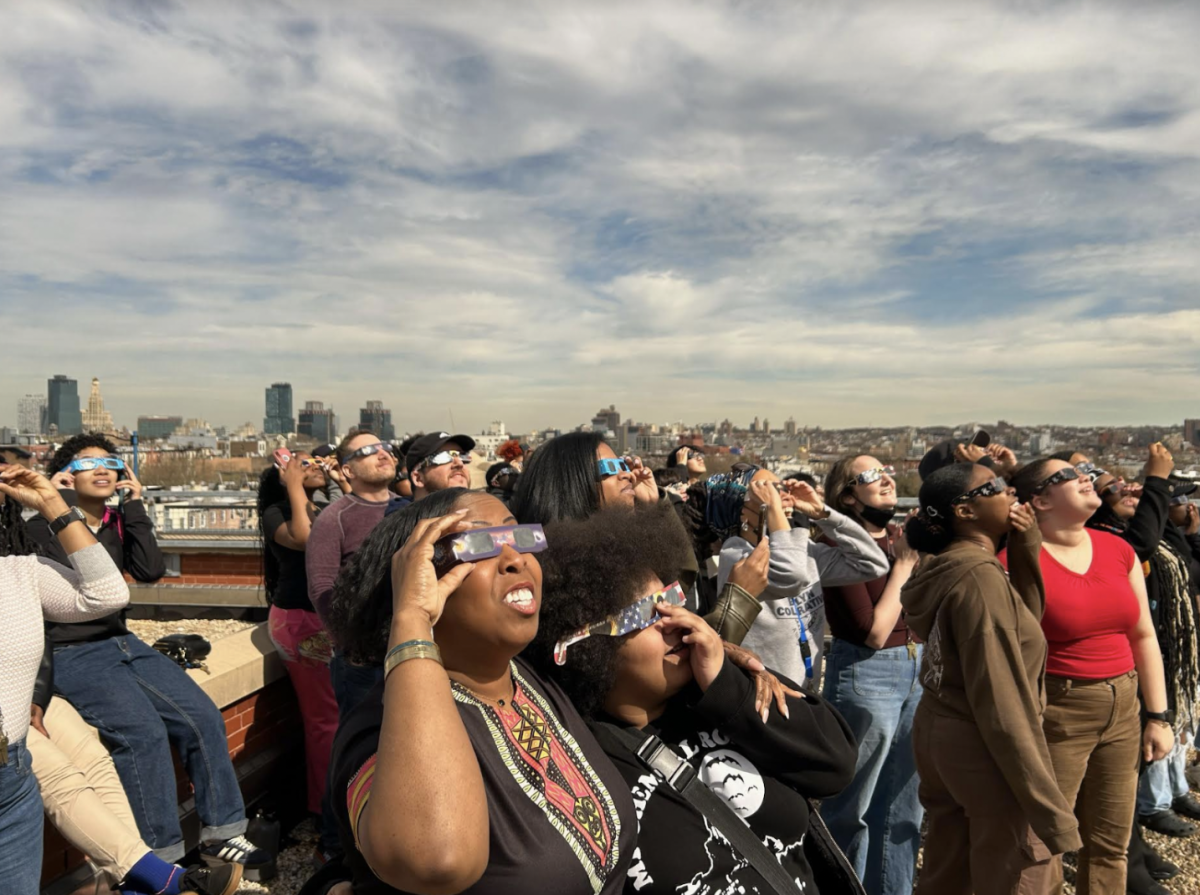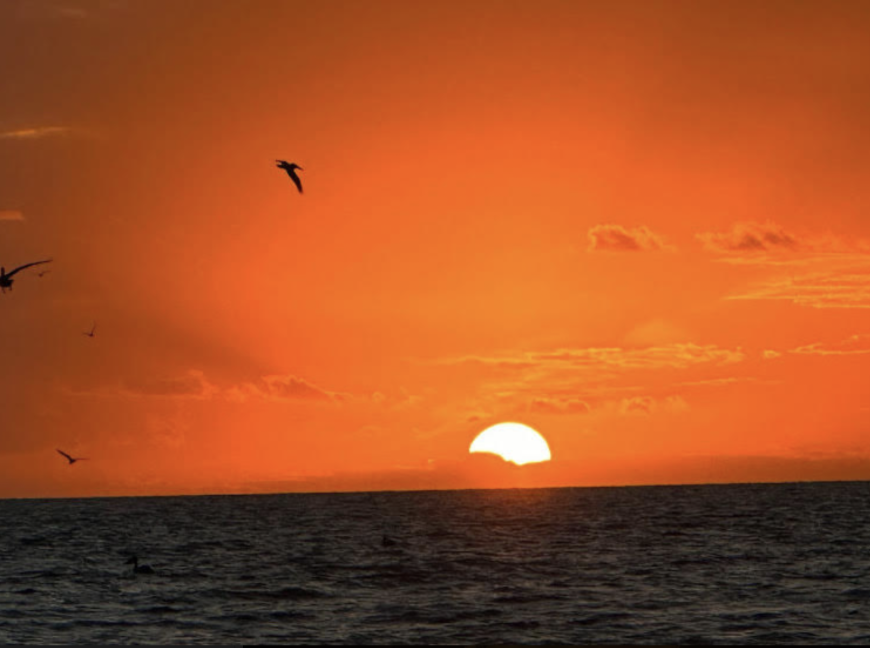On October 24, 1975, ninety percent of Icelandic women stopped working, including within the household. Newspapers could not run without the typesetters. Telephone lines could not run without operators. Schools were without most of their teaching body, and no airplane could fly without their flight attendants. The next year, Iceland passed legislation granting equal rights for men and women (Icelandic women strike 1975, Global Nonviolent Action Database). This is the story of kvennafrídagurinn: Iceland’s “Women’s Day Off,” and why it matters in the fight for gender equity in the present day.
Following Iceland’s independence from Denmark in 1944, the conservative independence party held leadership over the country for nearly two decades. Under their government, gender inequity was prevalent and women were often forced out of the labor pool to do housework. In response to this, a Women’s Rights group named the Redstockings (not to be confused with the group based in New York) formed, known for their provocative protests at the time. The main goal of the group was to organize a women’s strike, although they were hindered by Icelandic law, which states that only “Trade unions, employers’ associations and individual employers are authorized to declare strikes and lockouts,” barring the Redstockings (who lacked association to those groups) from executing their plan (“The day women shut down Iceland,” Vox).
However, in 1975, they were given their chance when the United Nations kicked off “International Women’s Year,” an initiative that “observed to remind the international community that discrimination against women continued to be a persistent problem in much of the world (un.org).” In tandem, nations around the world began making their own preparations in observance. Iceland’s prime minister selected women from a variety of political backgrounds to organize their event, including the Redstockings (“Kvennafrídagur 24. október 1975,” Kvennasogusafn Islands).
The Redstockings used this opportunity to propose their women’s strike, however they were met with some resistance from the conservative members of the committee. While they garnered support in time, many were still reluctant to carry out the plan. That was until an elderly woman named Valborg Bentsdottir, a member of the Women Rights Association of Iceland (a pre-Redstockings feminists’ group) “came to the podium and said, ‘Strike? Is that what you don’t like? Why don’t you then call it just a day off?’” remembers Elisabet Gunnarsdottir, a founding member of the Redstockings (Vox).
And so it was. On the twenty-fourth of October, ninety percent of Icelandic women took a “day off” to show the country how integral a role women played in its operation. The committee worked with “multiple labor unions and women’s organizations across the country to help plan, fundraise and spread the word about Kvennafrí (Vox).” Some women received threats from their employers. Elisabet simply says, “that didn’t go down well.”
Following Kvennafrídagurinn, Iceland passed a law “on Equal Status and Equal Rights Irrespective of Gender,” the first gender equality act in the nation’s history, which stated “The criteria on the basis of which pay is determined shall not involve gender discrimination (Government of Iceland via Vox).” Women’s representation in government positions rose too, and in 1980, Iceland elected Vigdis Finnbogadottir, its first female leader and the first democratically elected woman president (Britannica). While we still have a long way to go for complete gender equality, the strides made in other countries like Iceland should serve as an example to the international community (and especially to the influential United States) that there are tangible ways to improve, no matter how strange they may seem.
(Author’s Note: A great majority of this article cites the informative Vox video “The day women shut down Iceland. There is little information about this event online.)






